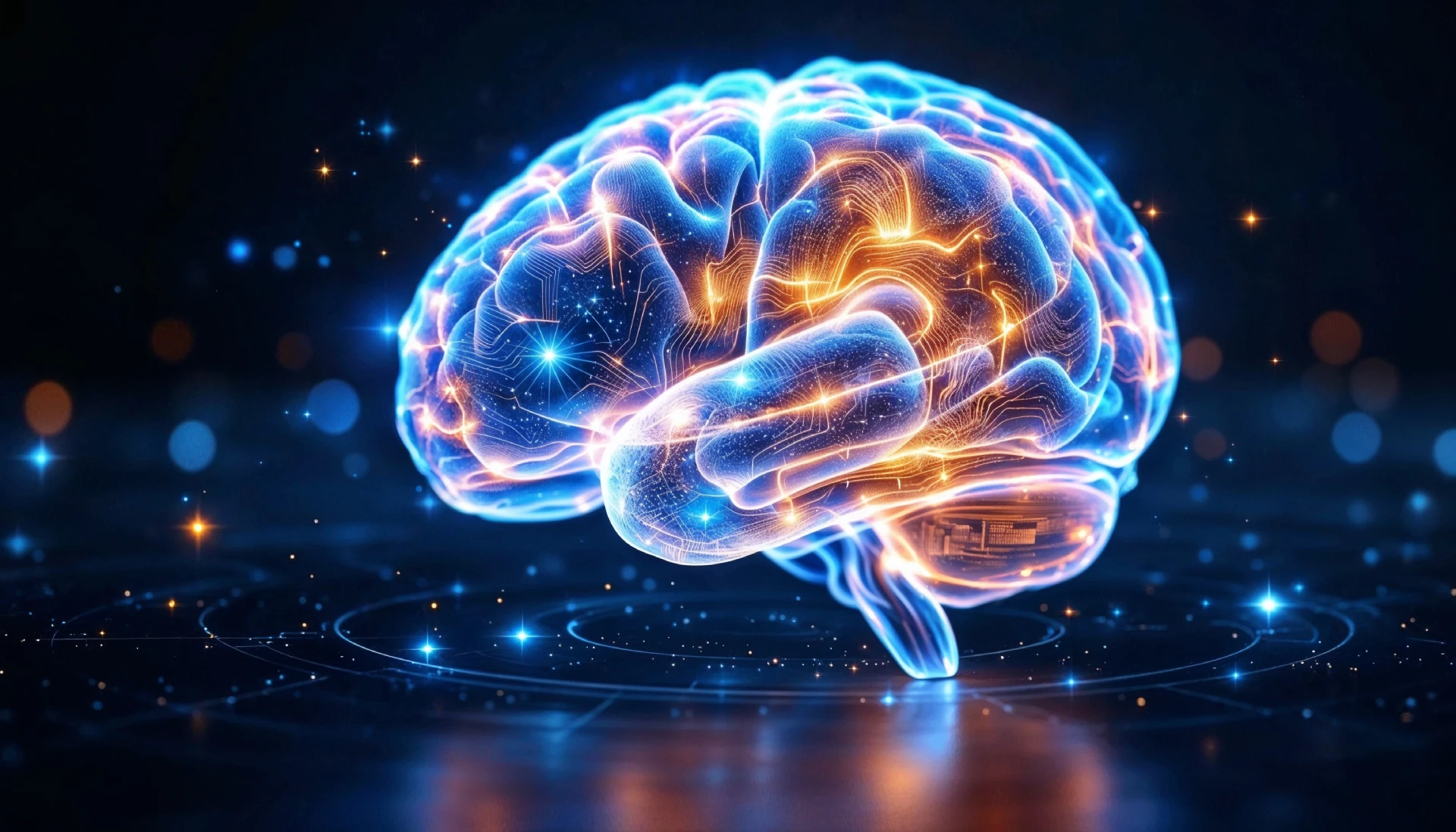Podcast Discussion: Deep Dive Into This Article.
The Latest AI Breakthroughs You Need to Know: Runway Act-One, Ideogram Canvas, OpenAI Voice, and More
The AI world is buzzing with new innovations that are redefining creativity, interactivity, and automation. From animation generation to voice mode expansions and new benchmarks in AI models, these updates are paving the way for a more immersive future. Below, we delve into the most exciting developments, including Runway Act-One, Ideogram Canvas, OpenAI’s Advanced Voice Mode, Perplexity’s Reasoning Mode, Anthropic’s Computer Interaction API, and Mochi 1—an open-source video generator, along with Claude 3.5 Sonnet and Haiku.
1. Runway Act-One: Revolutionary Animation Generation
Runway has introduced Act-One, an innovative tool that can create expressive character performances using just a single driving video and character image—no motion capture or rigging required. This tool is part of the Gen-3 Alpha, and it promises to revolutionize the way animations are generated, making the process more accessible and intuitive for creators.
Act-One opens up exciting possibilities for animators, allowing them to create high-quality, fluid animations based on real-life video performances. Whether you’re working on character-driven scenes or experimenting with visual storytelling, this tool enables creators to translate human performances directly into animated characters with minimal setup.
2. Ideogram Canvas: Infinite Creative Potential
Ideogram has launched Canvas, a powerful and infinite creative board that lets users organize, generate, and edit images with ease. Canvas also features inpainting and outpainting capabilities, allowing users to seamlessly blend existing visuals with AI-generated content. The Magic Fill and Magic Extend functions make it easy to bring concepts to life, whether you’re working on branding visuals or blending creative elements into larger compositions.
The tools in question offer functionality that is akin to what you might currently find in established platforms such as Adobe Photoshop or Canva. However, they manage to differentiate themselves by providing a fresh perspective and innovative features. These tools aim to replicate the core functionalities of photo editing, design, and layout management that are associated with Photoshop and Canva. Yet, they introduce unique approaches to these tasks, allowing users to explore new methods and techniques that can enhance their creativity and productivity.
This tool is set to change the way artists, designers, and marketers interact with images, enabling endless creative exploration. By combining the precision of AI with the freedom of an infinite canvas, Ideogram Canvas empowers users to innovate without limits.
3. OpenAI Expands Advanced Voice Mode to the EU
In a move that broadens accessibility, OpenAI has released its Advanced Voice Mode across the European Union. This voice model allows users to interact with AI using more natural and dynamic vocal inputs, making conversations with AI smoother and more intuitive. Whether it’s for customer support, content creation, or personal assistants, this voice mode enhances the versatility of OpenAI’s models by introducing speech-to-text and text-to-speech functionalities that adapt to various languages and accents across the EU.
4. Perplexity’s Reasoning Mode: A New Level of Adaptation
Perplexity’s new Reasoning Mode allows users to ask multi-layered questions and receive more detailed, contextual responses. This tool is designed to handle complex queries, breaking them down into multiple layers for more nuanced answers. Perfect for those in research or analysis fields, it allows for deeper insights and better problem-solving capabilities.
5. Anthropic’s Computer Use API: AI Agents in Action
Anthropic has introduced an API that allows Claude to interact directly with computer interfaces. This API enables developers to automate repetitive tasks, conduct testing, and perform open-ended research by translating prompts into computer commands. With this advancement, AI can now perform complex operations like QA testing and automation workflows, interacting with systems much like a human user.
6. Mochi 1: A New SOTA Open-Source AI Video Generator
The introduction of Mochi 1, an open-source video generation tool, sets a new standard in AI video creation. Licensed under Apache 2.0, Mochi 1 offers users powerful capabilities in generating high-quality, AI-driven videos without the constraints of proprietary systems. As more creators explore video content, Mochi 1’s accessibility could democratize video generation for creatives, small businesses, and developers worldwide.
7. Claude 3.5 Sonnet and Haiku: Benchmarking AI Excellence
One of the biggest highlights is Claude 3.5 Sonnet and Haiku—the latest upgrades from Anthropic. According to new benchmarks, Claude 3.5 Sonnet outperforms its competitors in several categories, including code generation, math problem-solving, and graduate-level reasoning.
Here are some of the notable results:
- Graduate-level reasoning: Claude 3.5 Sonnet leads with a 65.0% success rate, surpassing GPT-4o’s 53.6%.
- Code generation: Claude 3.5 Sonnet achieves an impressive 93.7%, outpacing GPT-4o’s 90.2%.
- Math problem-solving: Claude 3.5 Sonnet shows strong performance at 78.3%, just edging out GPT-4o (76.6%).
These benchmarks highlight how far Anthropic has come in pushing the boundaries of natural language understanding and complex task-solving.

The Future of AI: A Convergence of Creativity and Automation
The AI space continues to advance at an astonishing pace. From Runway Act-One’s animation innovation to Claude 3.5’s benchmark-shattering performance, each of these developments is expanding the possibilities of what AI can do. With new tools like Mochi 1 democratizing video creation, and Ideogram Canvas pushing the limits of image manipulation, creators and developers are equipped with more powerful resources than ever before.
As AI continues to integrate more deeply into creative processes, coding, and daily workflows, the future looks bright for a world where humans and AI collaborate seamlessly to solve complex problems and bring visionary projects to life.

This article reflects the opinions of the publisher based on available information at the time of writing. It is not intended to provide financial advice, and it does not necessarily represent the views of the news site or its affiliates. Readers are encouraged to conduct further research or consult with a financial advisor before making any investment decisions.



